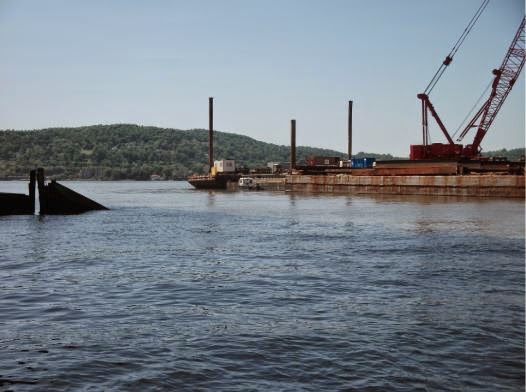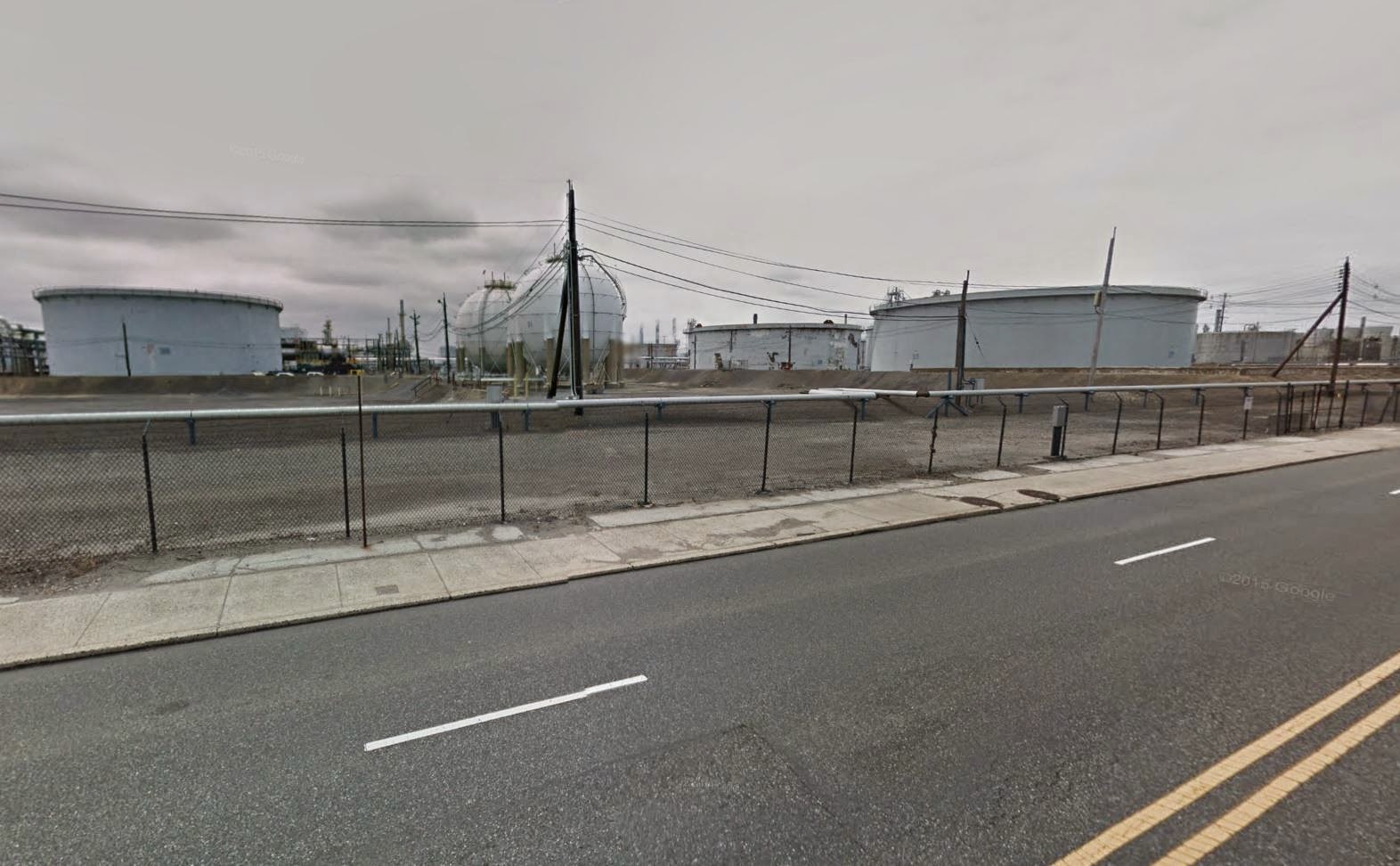“You just don't see
companies investing $3 billion on capital projects in Pennsylvania every day,”
said Stephen P. Mullin, president and principal at Econsult.
Most of the economic
impacts will be felt in the Philadelphia region in the conversion of the
terminal, though Marcellus and Utica shale gas producers clustered in Western
Pennsylvania are looking forward to moving more lucrative liquids from their
wells to the terminal. Low natural gas and oil prices have prompted companies
to slow their drilling as they look for new demand sources and pipelines.
Construction on
Mariner East 2 includes lines linking Ohio, West Virginia and Washington County
facilities to the mainline in Delmont.
“This will mean more
growth here, in terms of well pads, compressors, all the related work. We see
it as a positive, long-term benefit,” said Jim Kunz, business manager for the
International Union of Operating Engineers Local 66, which has 7,000 members in
33 counties.
Last year, more than
20 percent of the local's work was connected to the natural gas industry, Kunz
said.
Econsult's report
estimated about half of the pipeline's engineering will be done by Pennsylvania
firms and 25 percent of its steel will come from in-state plants. Construction
will generate an estimated $62 million in taxes to the state from workers
directly employed by its projects and from related businesses, the report
found.
The project includes
at least three propane distribution points along the pipeline before it reaches
Marcus Hook. The impact study said Mariner East could help stabilize volatile
propane prices.
Sunoco Logistics is
seeking state and federal permits for the pipeline and holding community
meetings along the route, where some groups have started raising opposition.
The state Public Utility Commission ruled the company and pipeline qualify as a
public utility with eminent domain power.
//--------------------------//
Marcus
Hook Industrial Complex
The Marcus Hook
Industrial Complex, located primarily in Marcus Hook PA, on the banks of the
Delaware River near Philadelphia, PA is a LPG, refined products and crude
terminal as well as a fully functioning process complex. There are
approximately 2 million barrels of NGL storage capacity in underground
caverns, and related commercial agreements. The facility can receive NGLs via
marine vessel, pipeline, truck and rail, and can deliver via marine vessel,
pipeline and truck. In addition to providing NGL storage and terminalling
services to both affiliates and third-party customers, we also provide our
customers with the use of industrial space and equipment at the facility, as well
as logistical, utility and infrastructure services.
Mariner East 1 and Mariner East 2 are pipeline projects to deliver NGLs from
the Marcellus and Utica Shale areas in Western Pennsylvania, West Virginia and
Eastern Ohio to the Marcus Hook Industrial Complex. Mariner East 1 commenced
initial operations in the fourth quarter 2014. Mariner East 2 is expected to
commence operations in the fourth quarter 2016.
LPG
The Mariner East 1
and Mariner East 2 pipelines will terminate in the MHIC. In addition to the cavern
storage, there will be refrigerated ethane and propane storage. High capacity
loading rates of 16,000 to 24,000 bph will allow ship loading up of VLGC’s.
In addition, there
are truck, rail and pipeline connectivity to local refiners.
Products
The terminal has the
capability to receive, store, blend, and distribute: crude oil, gasoline,
gasoline components, Naphtha, ULSD, jet fuel, and has the capability to
distribute chemicals. The docks match the Delaware River capacity with drafts
up to 40 feet and can accommodate vessels as large as a VLCC tanker.
The Marcus Hook
Industrial Complex can receive and deliver products to a number of third party
pipelines including:
·
Laurel
Pipeline – Outbound
·
Sunoco
Pipeline – Inbound & Outbound
·
Teppco
Pipeline – Inbound & Outbound
·
Refinery
Connected pipelines – Trainer, Delaware City, Philadelphia
The MHIC terminal can
access the following markets:
·
Philadelphia
and Southern NJ area via truck rack
·
PA
/ NY terminals via Sunoco Pipeline, Laurel Pipeline
·
New
York Harbor and Northern NJ terminals via pipelines (East Line), ship, and
barge
·
Baltimore
via ship or barge
·
New
England via ship or barge
·
European
and other overseas export markets via ship
Processing Complex
There are several
tenants on site utilizing steam, flare, fuel gas, WWT, air, water and other
utilities and services. The tenants include fractionation, conversion, and
blending operations for a variety of products – including Sunoco Race fuels and
power to the grid.
Our Inkster terminal,
located near Detroit, Michigan, consists of eight salt caverns and can receive
and ship LPGs. We use the Inkster Terminal’s storage in connection with our
Toledo, Ohio to Sarnia, Canada pipeline system and for the storage of LPGs from
Canada and a refinery in Toledo.
//---------------------------//
NGL
(Natural Gas Liquids) Projects
Project Mariner
East Phase I
Project Mariner East
is pipeline project to deliver propane and ethane from the liquid-rich
Marcellus Shale areas in Western Pennsylvania to the Marcus Hook facility, where
it will be processed, stored, and distributed to various domestic and
waterborne markets.
The project is anticipated to have an initial capacity to
transport approximately 70,000 barrels per day of natural gas liquids and can
be scaled to support higher volumes as needed. Mariner East commenced
initial operations in the fourth quarter 2014. Mariner East is scheduled to be
fully operational to deliver propane and ethane in Mid-2015.
Sunoco Logistics
will construct a pipeline from MarkWest Energy Partners L.P.'s Houston,
Pennsylvania processing and fractionation complex to an interconnection with an
existing Sunoco Logistics pipeline at Delmont, Pennsylvania. The natural gas
liquids will then be transported to the Marcus Hook facility where Sunoco Logistics
will construct new facilities to process, store, chill, and distribute propane
and ethane to local, regional and international markets.
Project Mariner
East Phase II









































